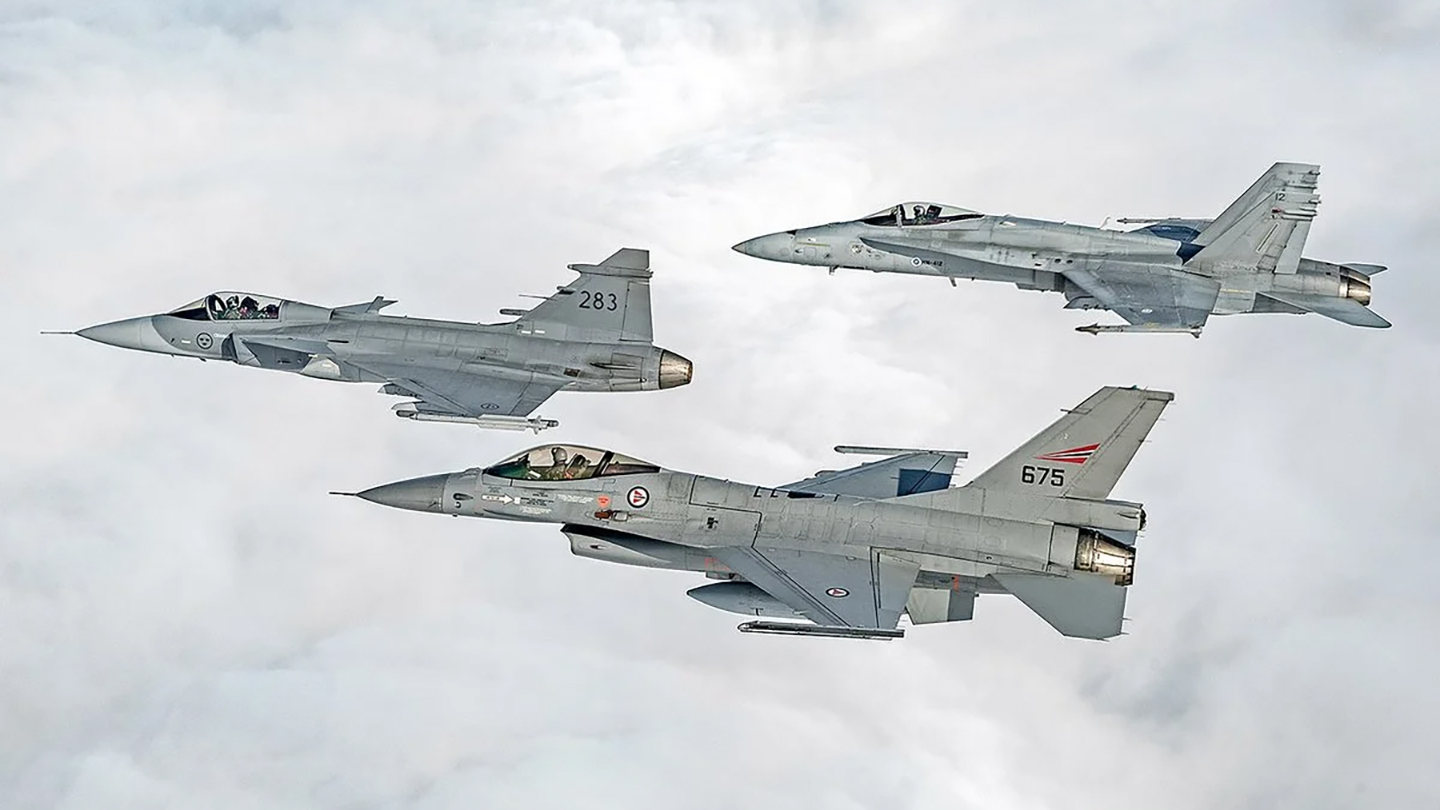To better cope with threats emanating from Russia, the countries of Denmark, Finland, Norway and Sweden have created a unified Nordic air defense alliance, pooling the resources of their air forces. They have upwards of 300 fighter jets between them as well as training, transport and surveillance fixed-wing aircraft and helicopters.
Those four nations on Friday announced they signed the first Nordic Air Commanders’ Intent last week during a meeting at Ramstein Air Base in Germany.
“The declaration of intent strengthens Nordic cooperation and paves the way for further strengthening of the Nordic air forces,” the four nations said Friday in a joint statement. “The ultimate goal is to be able to operate seamlessly together as one force by developing a Nordic concept for joint air operations based on already-known NATO methodology.”
To achieve that goal, this intent directs the development of a “Nordic Warfighting Concept for Joint Air Operations,” pursuing four lines of effort:
- integrated command and control, operational planning and execution
- flexible and resilient deployment of our air forces
- joint airspace surveillance
- joint education, training and exercises.
The publicly released plan does not provide specific timelines for achieving any of the goals. However, a separate jointly released document gives an overview.
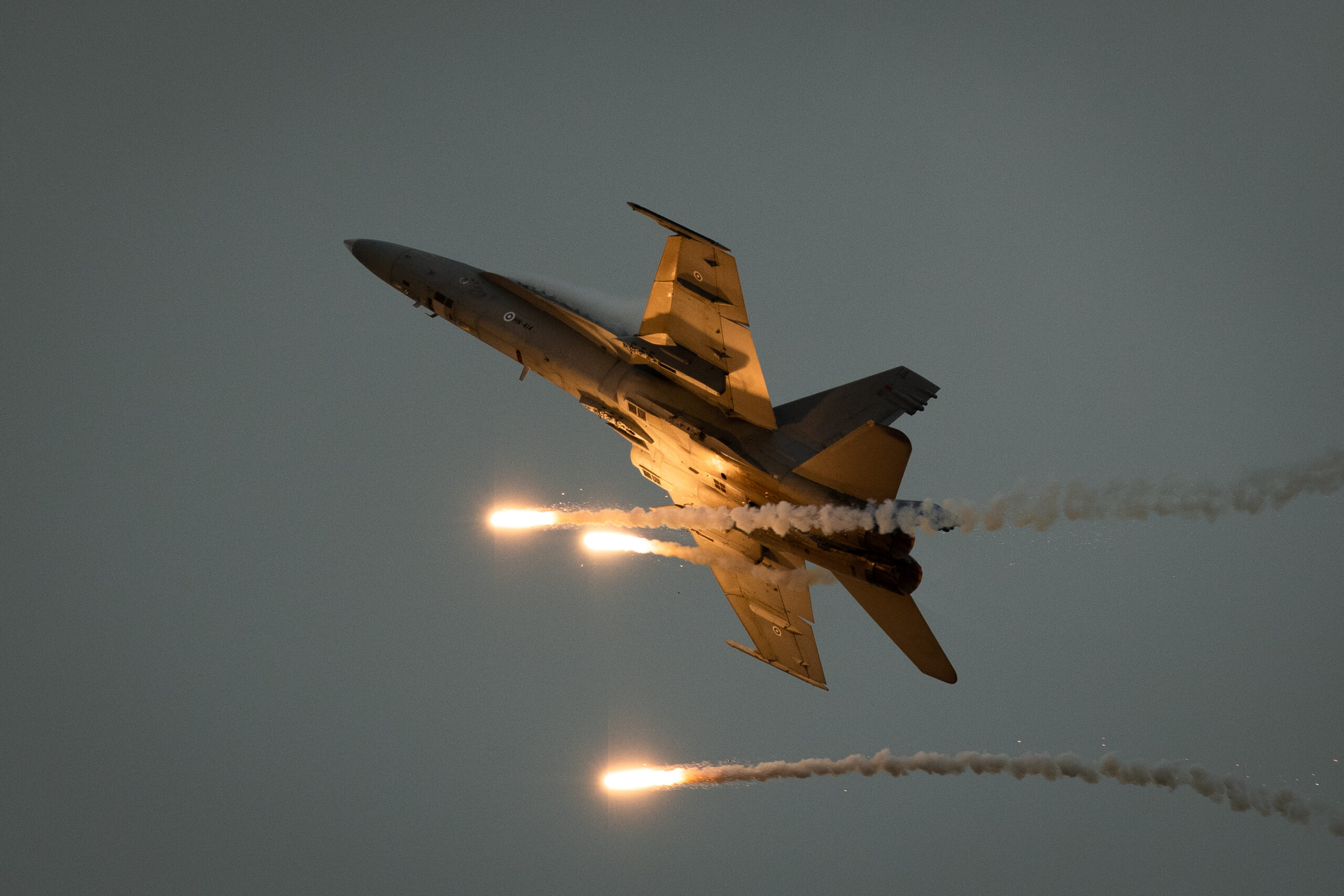
“In the medium term, efforts shall revolve around preparing for, conducting, and assessing Nordic Response 24 from an air perspective, putting emphasis on the Nordic digital and semi-distributed [Air Operations Center] AOC development steps,” according to that document. “On the horizon, long-term permanent solutions to fulfill this intent’s aim shall be determined and established.”
While none of the documents mention Russia, the move to integrate the air forces was triggered by Moscow’s full-on invasion of Ukraine, Major General Jan Dam, commander of the Danish Air Force, told Reuters.
“Our combined fleet can be compared to a large European country,” Dam said.
Norway has at least 52 F-35 Lightning II Joint Strike Fighters, according to Janes. The Norwegian Air Force says it is phased out its F-16 fleet.
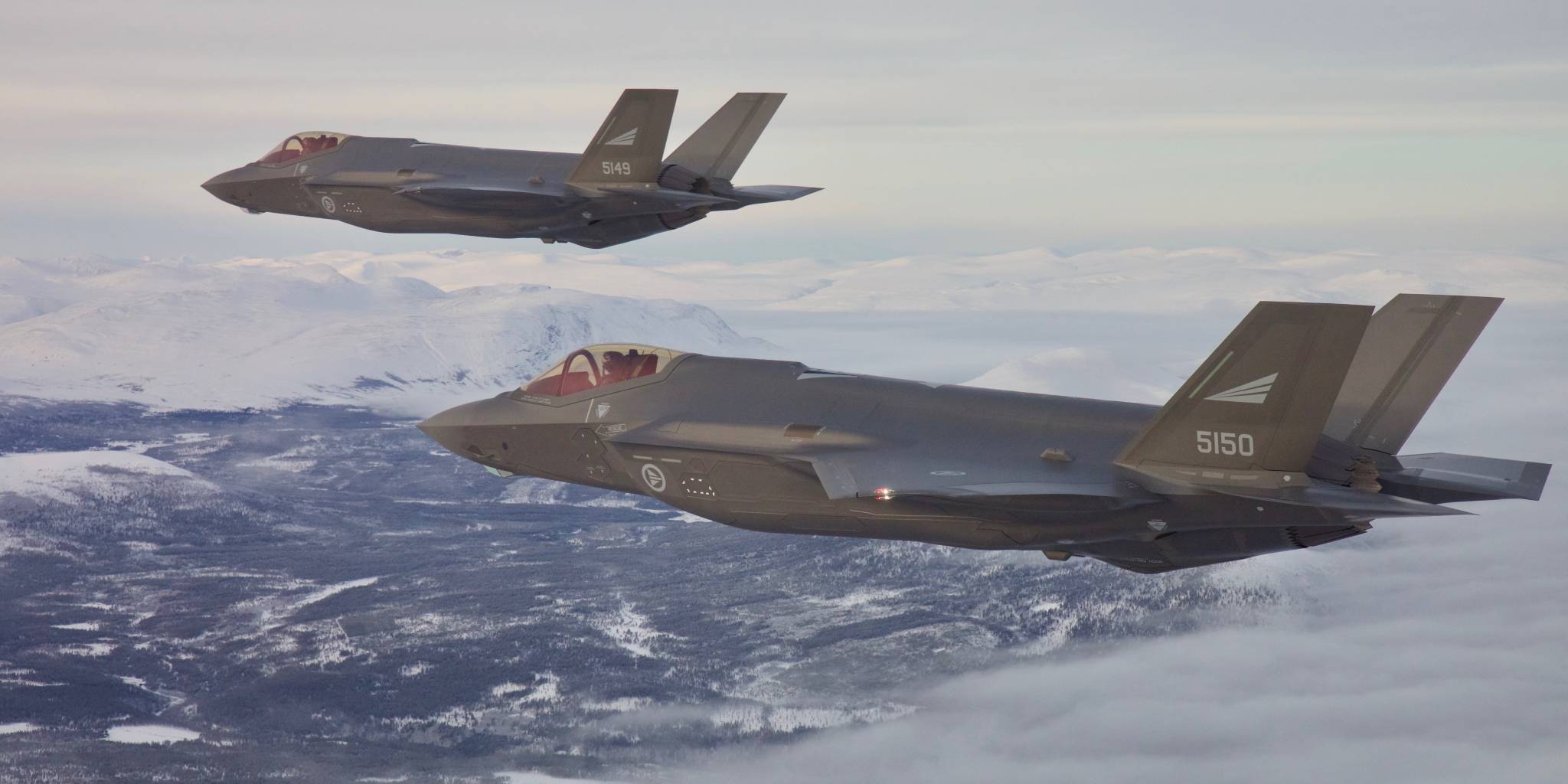
Finland has 62 F/A-18C/D multirole fighter jets and 64 F-35s on order, according to Reuters.
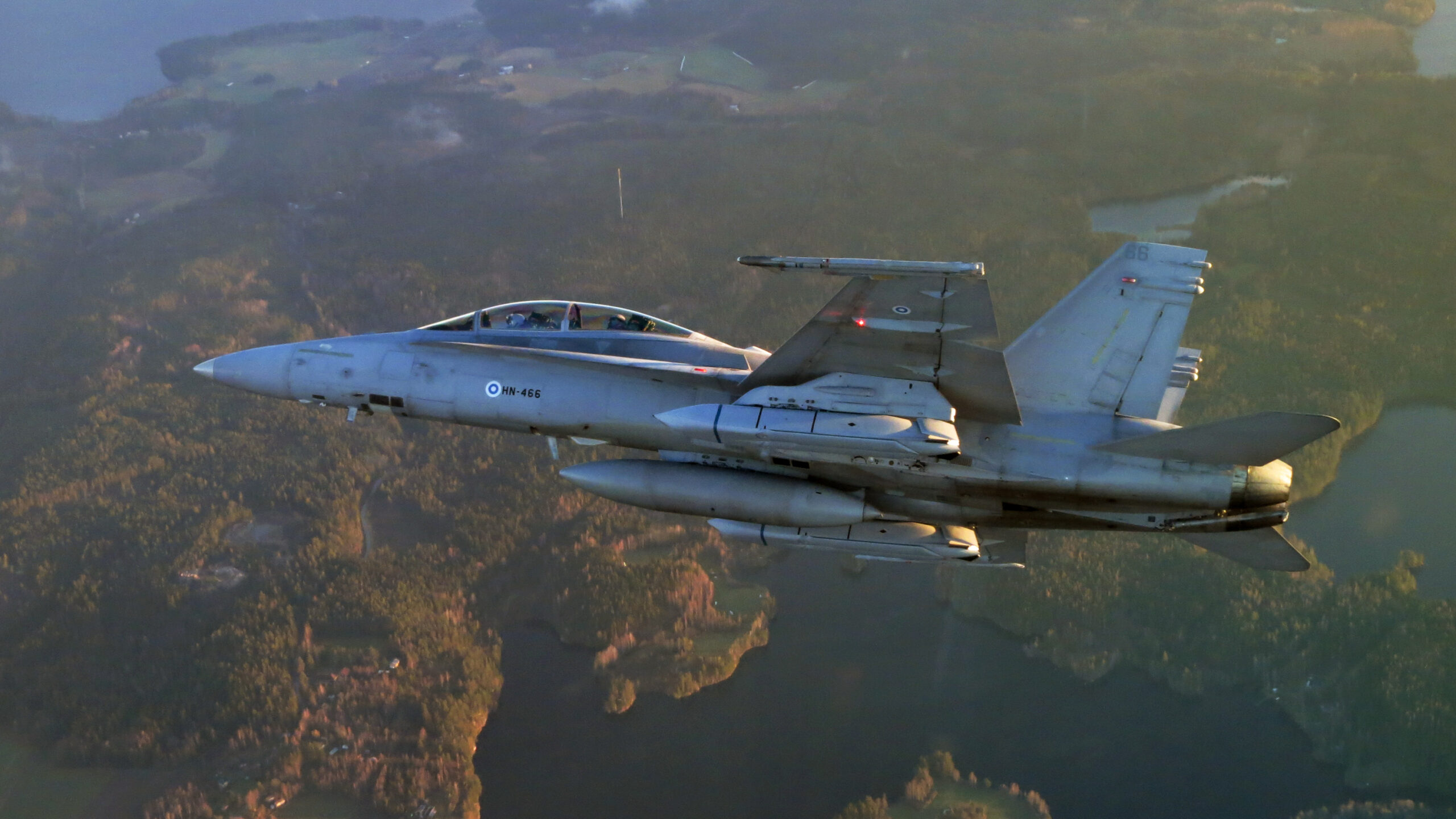
Finnish Defense Minister Antti Kaikkonen on Thursday expressed his opposition to a request by Ukraine for a portion of his country’s Hornet fleet.
“My view as Finland’s defense minister is that we need these Hornets to secure our own country,” Kaikkonen told a news conference in Helsinki, as reported by Reuters. “I view negatively the idea that they would be donated during the next few years. And if we look even further, my understanding is that they begin to be worn out and will have little use value left, he added.”
Denmark has 58 F-16s and 27 F-35s on order, according to Reuters.
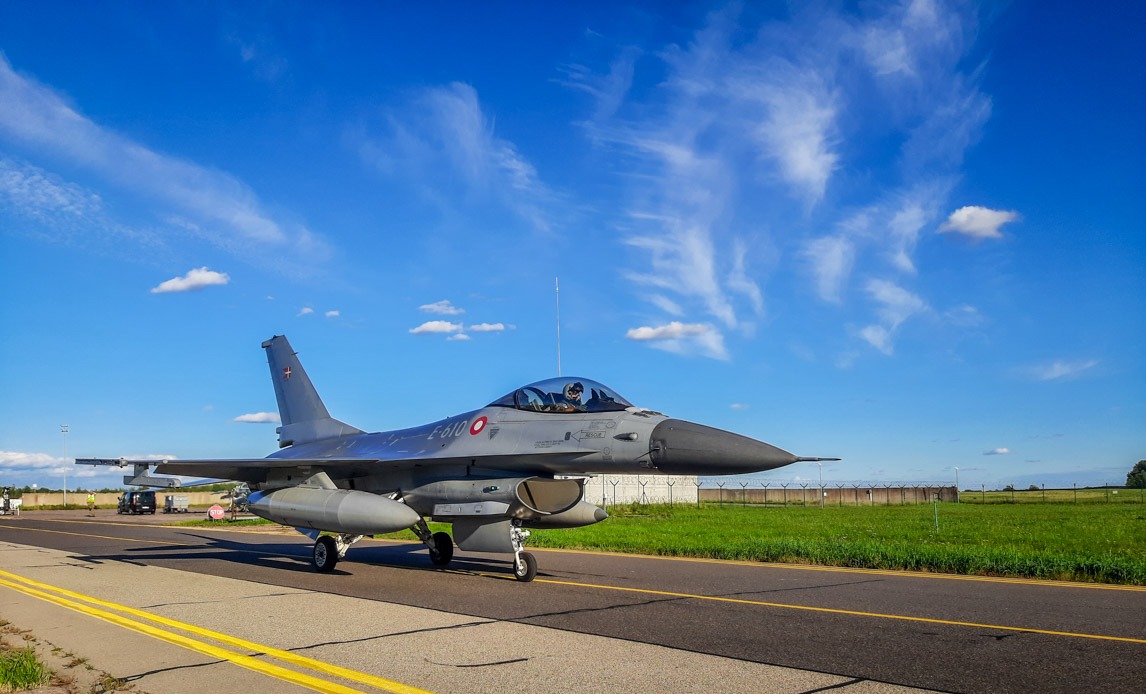
Sweden has around 70 JAS-39C/D Gripen jets and will be converting over to the enhanced Gripen-E in the coming years.
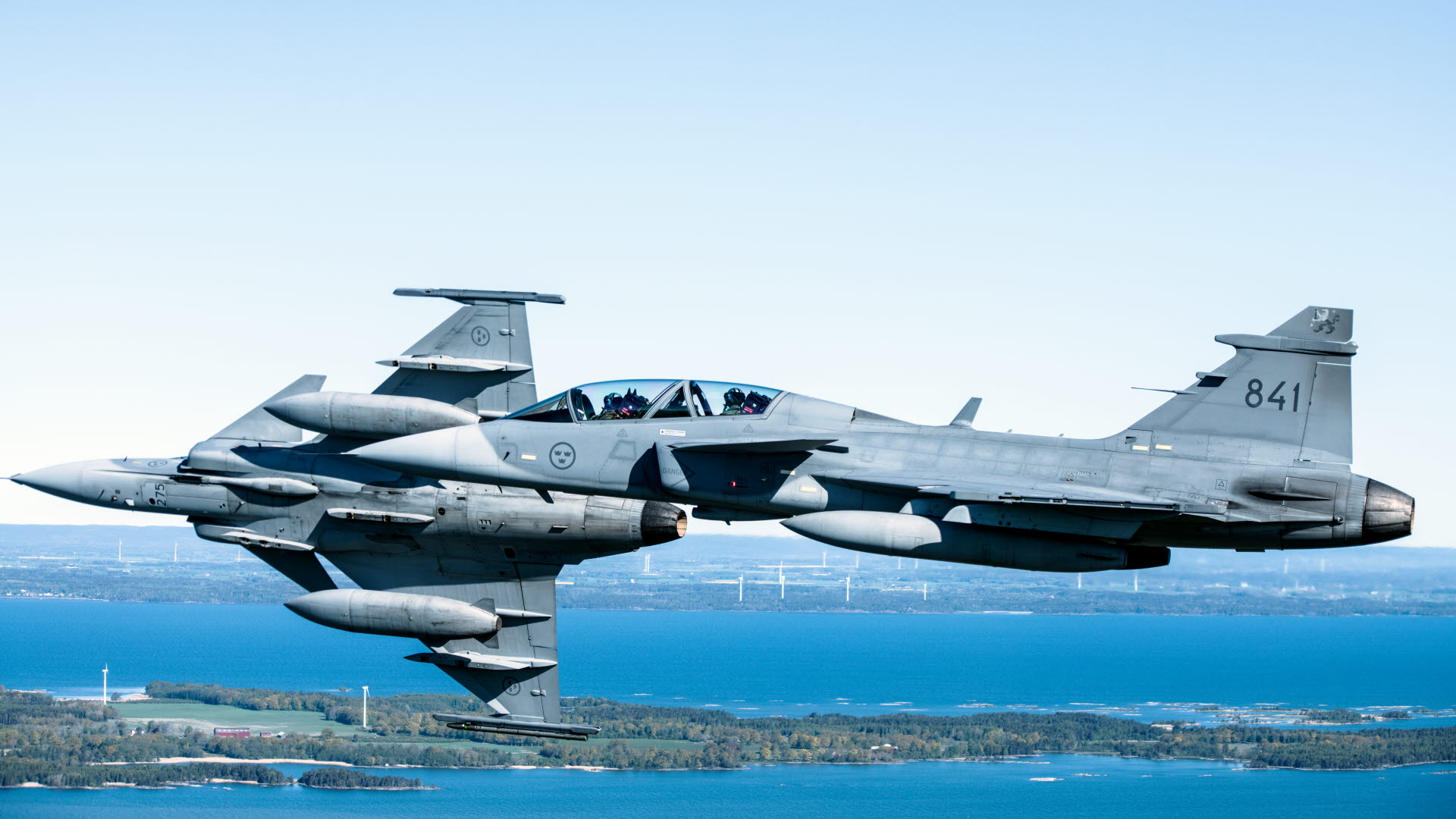
How soon this gets off the ground and exactly how it will work remains to be seen. And while all four nations have agreed to work within NATO frameworks, Finland and Sweden have yet to gain membership.
But clearly this is all of interest to the U.S. and NATO as well.
Overall, this landmark agreement could be a boon for all involved when it comes to deterring, and if need be, fighting off Russian aggression. Each air arm brings something to the table, while they also have much in common beyond just geographical proximity. By combining forces, air defense taskings, as well as aerial surveillance in general, can become more efficient and more potent, while war plans can be far more flexible and unpredictable.
There have been glimmers of a similar air defense agreement between regional Arab countries and Israel. But the prospects of such an agreement being put into practice may have declined as of late due to Saudi Arabia’s detente with Iran via China.
Regardless, the idea is the same. In an age of multi-layered aerial threats, from typical fixed-wing aircraft — such as fighters and bombers — all the way down to low-flying cruise missiles and swarms of drones and up to hypersonic weapons, combining forces for air defense, even to some degree, makes far more sense than going it alone. This is true both strategically and economically. And this is especially true when a common foe is involved.
In this case, Russia.
Contact the author: howard@thewarzone.com
